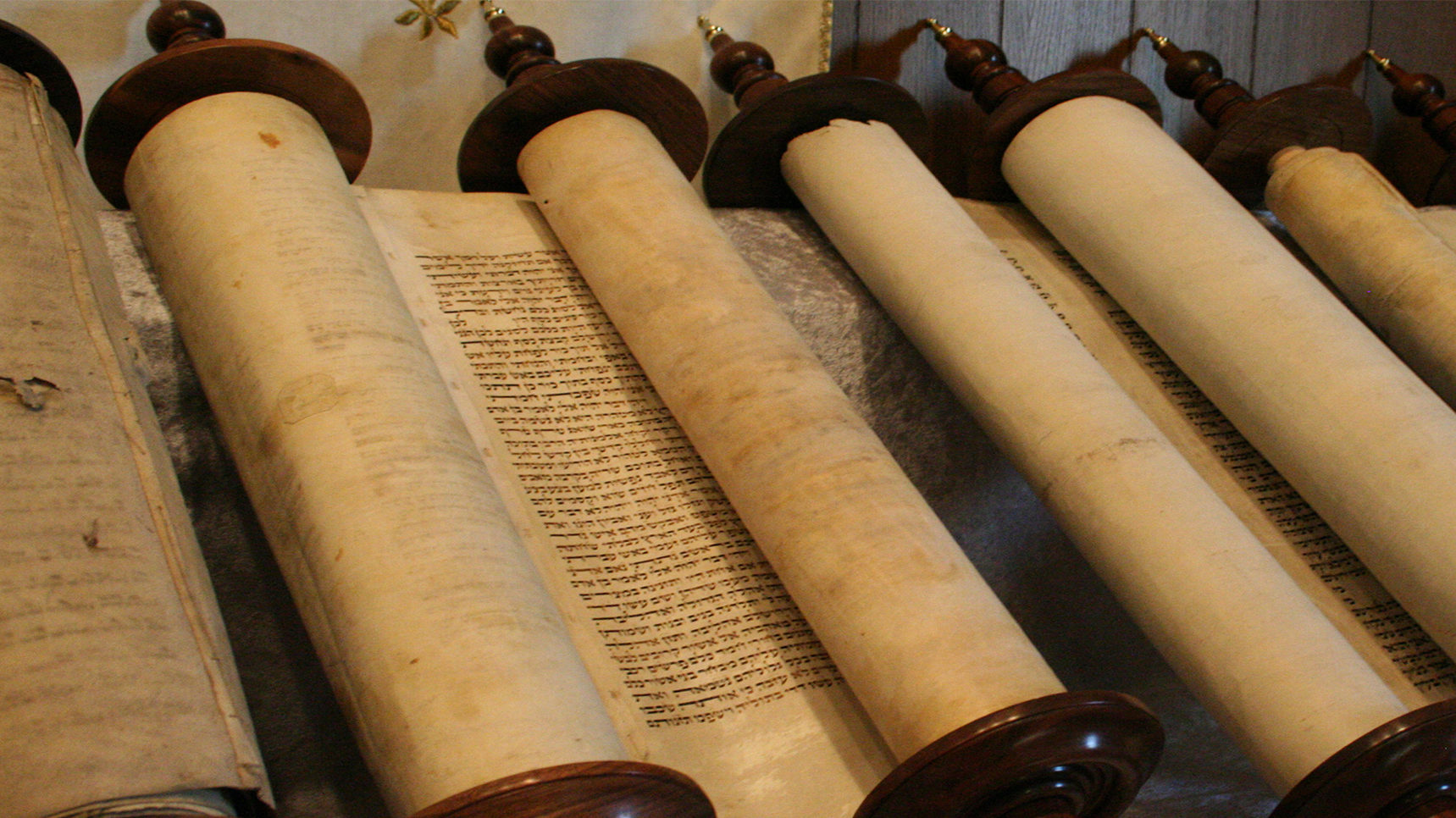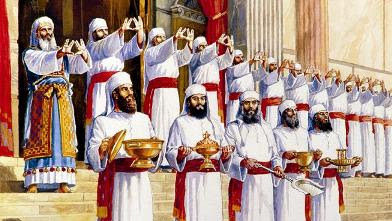1 Timothy 1:3-4
“As I urged you upon my departure for Macedonia, remain on at Ephesus so that you may instruct certain men not to teach strange doctrines, nor to pay attention to myths and endless genealogies, which give rise to mere speculation rather than furthering the administration of God which is by faith.”
This is among the few passages most will associate with Genealogies. Unfortunately, this is in a negative atmosphere. It is my purpose in this study to uphold the proper use of genealogies and to come to an understanding of the warning Paul gives. There are three things that will drive our interpretation of this passage. The first two are the definitions of “endless” and “genealogies.” The third is the context of the warning. The importance of these considerations are crucial in order to properly understand the passage.
First, we should understand the definition of Genealogies. Though it seems strange that this subject be tackled so late in this series of articles, it now makes a doctrinal difference, where previously it may simply have been an interesting fact. By the roots of the word we can come to a basic definition. The root “gen” implies a beginning process. This root is found in the Greek words for “birthed” or “begat.” It is also present in the related words to this study like: generation, generate, or genesis. The parameters of a genealogy ought to be limited to how the text of the Bible uses them. We cannot take Paul’s warning and apply it to something he himself may not apply it to. The term genealogy is used in these places: 1 Chron 4:33; 5:7; 7:5,7,9,40; 9:22; Neh 7:5; Matt 1:1; Heb 7:3,6. In the plural : Gen 10:32; 1 Cron 1:29; 5:17; 9:1; 26:31; 1 Tim 1:5; Tit 3:9. The form “genealogical:” 12 times in Num 1; 2 Chron 12:15; 31:16, 18; Ezra 8:1, 3.
Most of these uses are concentrated and uniform. Common phrases are: “enrolled by genealogy,” “according to their genealogies,” and “the book of the genealogy.” From most usages we can see that proper genealogies are documented records of family line. Not every list of names is a genealogy. There must be an understood relationship extending multiple generations for a list to be considered a genealogy. “The book of the genealogy” can be understood as: “the account of the family line.” The genealogies in which families were enrolled Old Testament were official records. Undocumented Levites and priests were excluded from service. If one could not produce an official genealogy to which one was from, then how did one fit in the social circles of the Jews? This is not what skeptics want to hear. They want to show that all biblical genealogies are oral family traditions that conflict with each other and carry unreliable information. From what we read, proper genealogies are always spoken of in an official, documented, manner. Paul’s criticisms are not of official record, but of unverifiable conjecture.
Second, we must define Paul’s use of “endless.” By the definition of genealogy above, we see they are not truly endless because they all have a limit of names. On the other hand they could appear endless if the generations continue to grow and be written down. Neither of these deal with the problem Paul is addressing. Endless is the word “finish” or “complete” with a negative prefix. Paul is warning against unfinished and uncompleted genealogies. The official genealogies are finished because they are historically sound with no open ends. They have long been approved. The genealogies in the scripture are closed, with little to no room for additions. They are treated as a part of the unchanging scripture and history. The Greek translation of scripture often plays with names. Variants in the Septuagint are just as common as variants on other data. The historicity of the Septuagint records are not in question (perhaps their philosophy of translation). The genealogies that are represented in Matthew and Luke, which are in part based on Greek manuscripts, were publicly kept and trusted, even if not labeled with the same authority as scripture. It is important to realize that the culture accepted some documents as historically sound, yet not on the same table as scripture. Most public records are as reliable as any other source of history. But Paul warns against uncompleted genealogies. These have not been verified nor counted worthy by any authority. I suggest that the implication is that he is not referencing the study of lengthy scriptural data, but unreliable human speculation.
We now turn to the third area of this discussion: context. The genealogies are grouped with: strange doctrine, myths, and speculation. In the mirror passage in Titus 3, Paul adds foolishness, disputes, and worthlessness. Clearly, concrete historical data is not the subject matter Paul is warning against. What, then, would be the use of genealogies in false doctrine? Ironically, answering this question takes speculation. What is sure is that Paul’s doctrine was established on fact. He preached the risen Lord by his own witness and by the testimony of many others. We can be sure that poor uses of genealogies shake the foundation of proper doctrine. They may question Jesus’ authority by attacking his own lineage. Providing false information on who Jesus is and where he came from may undermine faith. They may establish a false authority for the speaker. The speaker may claim authority based on blood relation, which can misguide some. Or the doctrine they teach is in part built on confusing chains of blood relations which give credence in some way to the teaching. We must guard against all of these.
What, then, is the proper use of this passage and of genealogies today? We must continue to study the foundation of scripture. All scripture is profitable for instruction and reproof. Genealogies strengthen our faith in God’s promises and the historical nature of the Bible. Jesus’ genealogy provides insight into His identity and role. Above all, we must not become quarrelsome about matters of which we are ignorant. Paul’s warning has less to do with genealogies and more on brotherly love and proper edification. True teaching does not come from speculation, but from love and truth. We ought not promote as doctrine our own ideas or the ideas of men. We should investigate the validity of doctrinal teaching. Let us teach what is sound and reject what uselessly divides.




